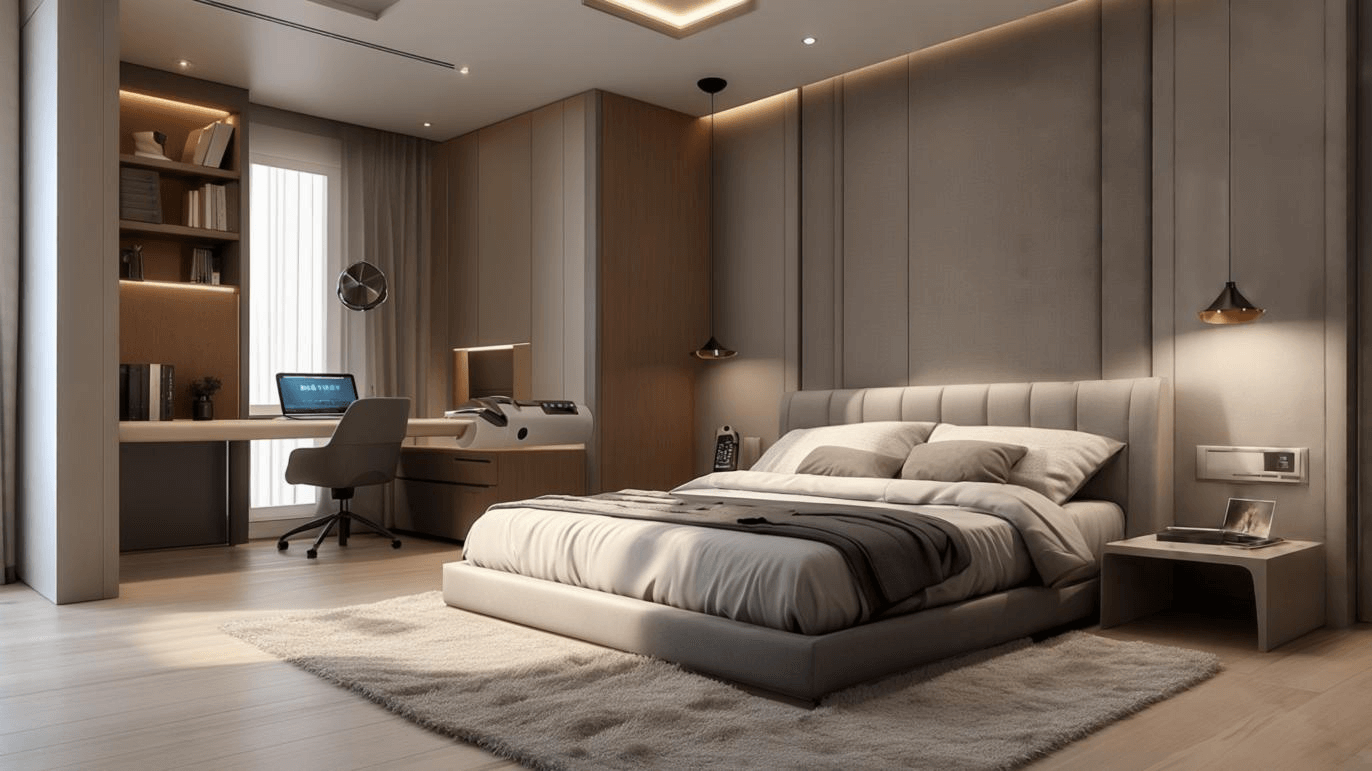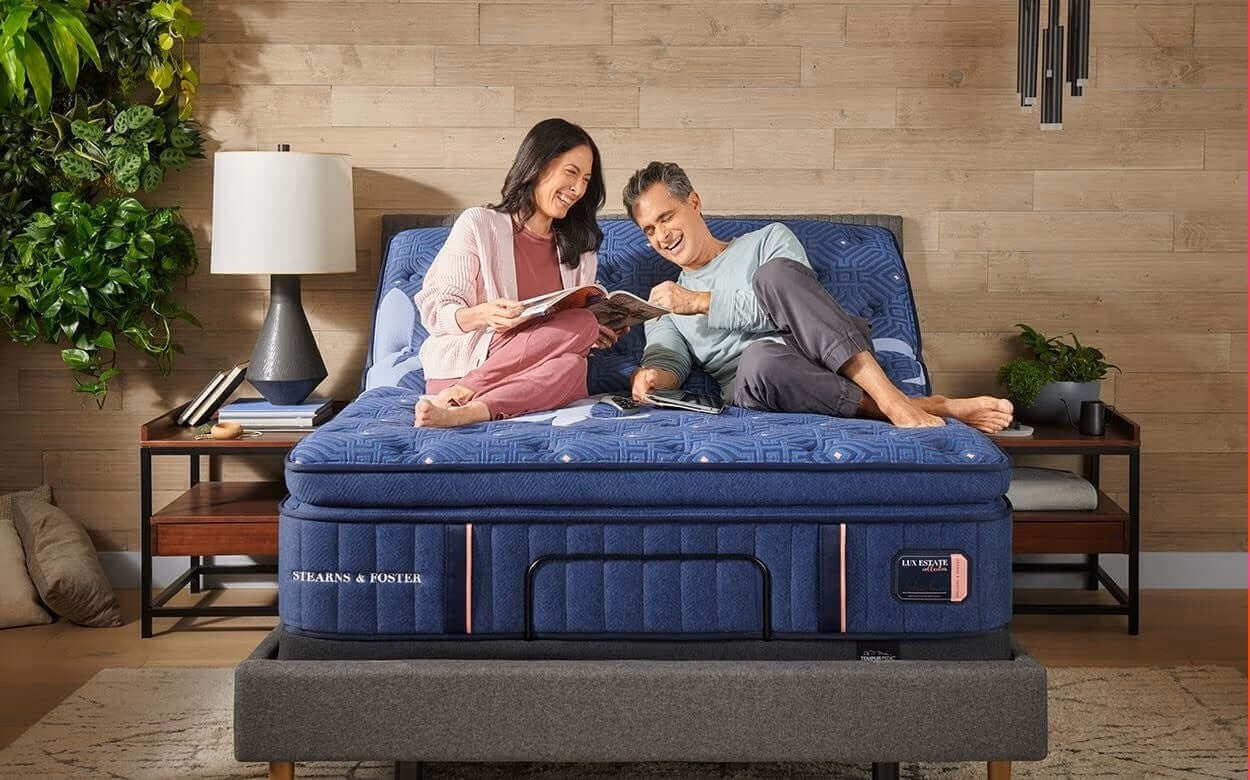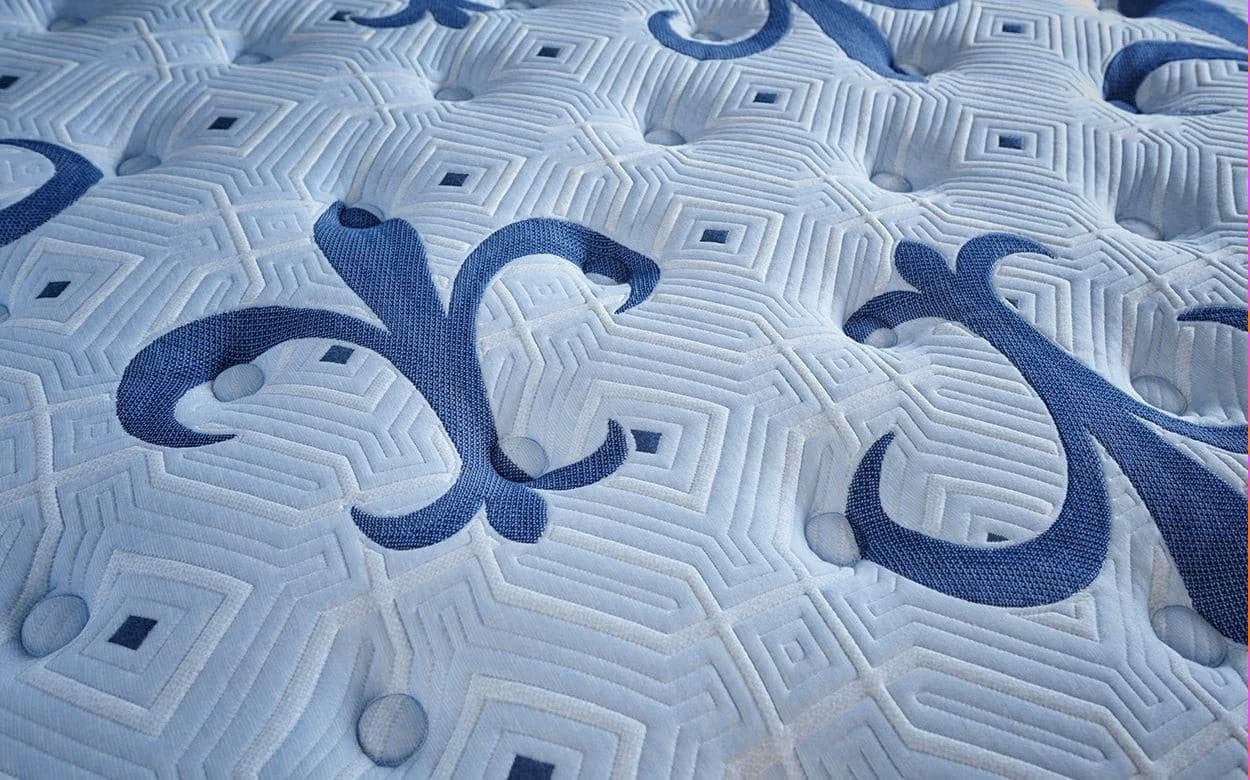Back pain is one of the most common health issues affecting millions of Americans. While mattresses often get all the attention, the height of your bed plays a surprisingly significant role in spinal alignment and sleep posture.
Many customers ask, “Are low beds better for your back?and the answer isn’t always straightforward. In this in-depth guide, we’ll explore the ergonomics and health benefits of low beds, so you can decide whether a lower sleep setup could be your secret to pain-free mornings.
Table of Content
- Introduction
- Key Takeaways
- What Is Considered a Low Bed?
- Why Bed Height Matters for Back Health
- Are Low Beds Better for Your Back? Pros & Cons
- Low Beds vs. High Beds: Comparison Table
- Best Mattress Types for Low Beds
- Graph: Mattress Height vs. Back Pain Relief
- Video: Low Beds & Spinal Health
- Conclusion:
- FAQs
Key Takeaways
- Bed height influences back health, posture, and ease of getting in/out of bed.
- Low beds offer ergonomic benefits, especially for younger users and back sleepers.
- Not all low beds are created equal mattress firmness and type matter just as much.
- People with mobility issues may find higher beds easier to use.
- The right mattress-store combo can significantly improve your sleep health.
What Is Considered a Low Bed?
A low bed is typically any bed that sits 12 to 16 inches off the floor (including the mattress). Unlike platform beds or frames with box springs, low-profile beds are closer to the ground and often use a mattress directly on a solid or slatted base.
Common Types of Low Beds:
· Platform beds without a box spring
· Japanese-style futons
· Minimalist frame beds
· Floor beds
Low beds have gained popularity for their sleek aesthetics but do they support your spine? That depends on multiple factors we’ll explore next.
Why Bed Height Matters for Back Health
Your bed’s height can either support or stress your spine depending on how easily you can lie down or get up. Ergonomically, the optimal bed height allows your knees to be at a 90-degree angle when sitting on the edge of the bed with feet flat on the floor.
Effects of Improper Bed Height:
· Too high: Strains lower back and knees when getting out of bed.
· Too low: Can stress your hip joints and knees when sitting or standing.
· Perfect height: Promotes neutral spine alignment and easier transitions.
Are Low Beds Better for Your Back? Pros & Cons
Let’s break down the real benefits and challenges of using a low-profile bed in relation to back health:
Pros:
· Promotes Natural Sleep Posture: Especially with a medium-firm mattress.
· Improves Spinal Alignment: Reduces the tendency to slump or twist.
· Reduces Fall Risk: Safer for restless sleepers or children.
· Sleek Aesthetic: Visually calming and space-saving.
Cons:
· Harder for Elderly or Injured Users: Requires more effort to stand up.
· Poor Air Circulation: Can retain heat if ventilation is lacking.
· May Not Suit Tall People: Knee angles may become too tight.
Low Beds vs. High Beds: Comparison Table
|
Feature |
Low Beds |
High Beds |
|
Back Support Potential |
High (with proper mattress) |
Moderate to High (depends on setup) |
|
Ease of Access |
Difficult for elderly/injured |
Easier for taller or older users |
|
Aesthetic Appeal |
Modern & minimalist |
Traditional and classic |
|
Stability |
Very stable (low center of gravity) |
May wobble if too high |
|
Heat Retention |
Higher (less airflow) |
Lower (better airflow) |
|
Fall Risk |
Lower |
Higher |
Best Mattress Types for Low Beds
Your mattress selection makes or breaks the ergonomic performance of your low bed. We’ve curated the most supportive choices from Mattress Stores Los Angeles for optimal back support.
1. Diamond Align Gel Memory Foam 8" Firm Mattress
Overview:
The Align 8 Gel Memory Diamond Mattress is engineered for optimal spinal alignment and pressure relief. Featuring advanced gel memory foam and a responsive support core, it offers firm yet adaptive comfort. Ideal for back and stomach sleepers, this mattress provides enhanced durability and motion isolation for couples.
Key Features:
· 8" Gel Memory Foam + Supportive Core
· Cooling Technology to reduce heat buildup
· Firm Support for spinal alignment
· Motion Isolation for uninterrupted sleep
· CertiPUR-US® Certified Foams
Pros & Cons:
|
Pros |
Cons |
|
Excellent for back and stomach sleepers. |
May be too firm for side sleepers. |
|
Strong spinal alignment and ergonomic support. |
Low profile may not suit tall bed frames. |
|
Cooling gel reduces overheating at night. |
Limited plushness less “sink-in” feel. |
|
Great motion isolation for couples. |
Not ideal for those preferring a soft surface. |
|
Compatible with low beds and platform frames. |
No ultra-luxury plush layers. |
2. Diamond Lily Medium Gel Memory Foam Euro Top 12.5" Mattress
Overview:
The Lily Medium Gel Memory Foam Euro Top Mattress by Diamond offers a balanced feel that suits a wide range of sleepers. Its gel memory foam layer relieves pressure points, while the Euro top adds an extra touch of cushioning. Ideal for side and combination sleepers seeking comfort without compromising support.
Key Features:
· Medium-Firm Feel for universal comfort.
· Gel Memory Foam layer promotes cooling and contouring.
· Euro Top Design for added softness and surface comfort.
· CertiPUR-US® Certified Foams.
· Compatible with adjustable bases and low-profile frames.
Pros & Cons:
|
Pros |
Cons |
|
Balanced support and plush comfort. |
Might be too soft for those preferring firm beds. |
|
Excellent pressure relief for side sleepers. |
Euro top may retain slight body impressions over time. |
|
Cooling gel helps regulate body temperature. |
Not ideal for very heavy sleepers needing extra support. |
|
Works well with low beds and platform frames. |
May lack the bounce of hybrid or innerspring models. |
|
High-quality, eco-friendly foam materials. |
Limited edge support compared to coil options. |
Graph: Mattress Height vs. Back Pain Relief
Here is the pictorial graph titled "Back Pain Relief by Mattress Height", showing the percentage of users reporting pain relief based on mattress height:

Video: Low Beds & Spinal Health
Are Low Beds Better for Back Pain?
Conclusion:
Low beds offer real ergonomic benefits for those seeking better back support especially when combined with a firm, spine-aligning mattress. If you’re young, mobile, or prefer modern aesthetics, a low-profile setup might be the secret to your best night’s sleep yet.
FAQs:
1.Are low beds good for people with back pain?
Yes, especially when paired with a medium-firm or firm mattress that supports spinal alignment.
2.What is the ideal height for a bed for back support?
Between 16–24 inches from the floor to the top of the mattress works for most adults.
3.Can low beds worsen back pain?
If your mattress is too soft or unsupportive, a low bed may exacerbate discomfort.
4.Is a memory foam mattress good for a low bed?
Absolutely. It reduces pressure on joints and keeps the spine aligned.
5.Do low beds affect sleep quality?
Not directly, but if getting up becomes uncomfortable, it can impact your rest.
6.Are low beds better for younger adults?
Yes. Young adults typically have better mobility and can benefit from the ergonomic design.
7.Can I put any mattress on a low bed frame?
Yes, but ensure the mattress has good support and isn’t too thick.
8.What kind of foundation should I use for a low bed?
Slatted or solid platform bases work best with low-profile beds.
9.Do low beds work in small bedrooms?
They’re ideal! They make ceilings feel higher and rooms feel more spacious.
10.Can seniors use low beds?
Not recommended unless they’re very mobile. A higher bed might be more practical.


